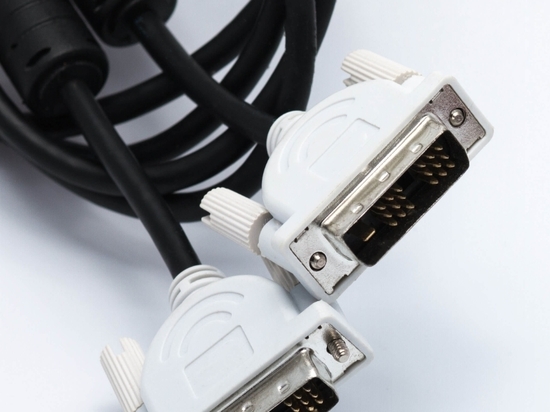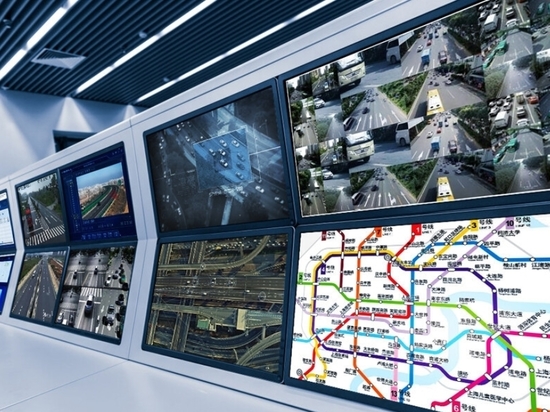
#Industry News
Difference between high-brightness capacitive touch screen and normal one
Difference between high-brightness capacitive touch screen and normal one
Industrial displays have many functions, and we can customize different functions according to different customer needs. For example, high brightness, waterproof, shockproof, display size, etc. Some displays will be applied to outdoor scenes, and customers will require high-brightness displays, so that users can clearly read the content on the display even in outdoor sunlight. High-brightness capacitive touch screens are generally used outdoors, in industrial control, medical industries, etc., because these industries have high requirements for display resolution. So what is the difference between the high-brightness capacitive touch screen and ordinary touch screen?
Compared with ordinary capacitive touch screens, high-brightness capacitive touch screen is mainly different in the following aspects:
1. Higher brightness
The screen brightness of high-brightness capacitive touch screens is usually higher than that of ordinary touch screens. For example, 800 to 1500 nits or even higher, because the high-brightness function can still be read in strong light environments such as outdoors, making the display effect clear, not easy to be reflected by sunlight to produce reflections, and the screen will not be white or unclear. The brightness of ordinary capacitive touch screens is generally around 200 to 500 nits, which is particularly suitable for indoor use.
2. Better display effect
High-brightness touch screens have higher brightness and better clarity, so color contrast and saturation are better under outdoor lighting and indoor strong light conditions. They are suitable for outdoor billboards, medical equipment, vehicle-mounted equipment, navigators and other scenes with high display effect requirements. The display effect of ordinary touch screens is more suitable for ordinary indoor use scenarios, such as mobile phones, tablets, indoor touch devices and other conventional scenes. The effect may not be ideal under high light or direct sunlight.
3. Power consumption
High-brightness touch screens have high production costs due to their high brightness and good clarity. In addition, higher-specification LED backlights and optimized heat dissipation designs are required for higher brightness, which will lead to higher power consumption. It may be necessary to optimize the circuit design and add additional fans for heat dissipation. Ordinary touch screens have low brightness and relatively low power consumption, lower cost, and are suitable for the mass consumer market. In addition, the pressure on device battery life is also small.





